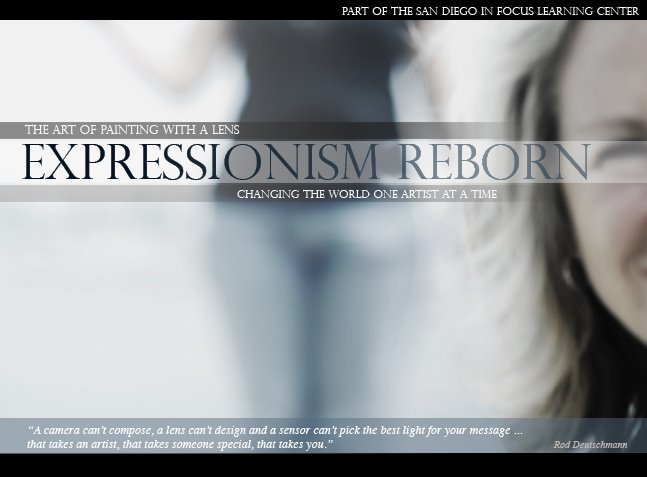
I remember my very first white background, my first black background — what a powerful mind-altering experience. This was way before digital of course, when I was shooting slide film as a Combat Correspondent.
I would go out and actually try to put contrasts together to create a new vision. And just like you it was tough for me. But I was lucky. I was taught by some of the greatest Marine Combat Correspondents of our day — people like Earnie Grafton, Lee Tibbets, Stephen Gude, Steven Castonguay and more. They showed me how (from my first day) to think before I snapped a picture. To visualize what an image could look like. They told me my job was to tell a story with my camera — not just take pictures. My images had best express how I felt about a scene — since I was the one reporting it. They pushed me hard and for good reason — I only had one chance to do it right.
They taught me to disregard what my camera's 'meter' said and to feel for the right light; to make ever-so-slight changes to the aperture and my focal length to dial in my focus — instead to relying so much on the focus ring. The reasoning was blunt: "What do you want to do — try to focus when someone is shooting at you or do you just want to pick your depth?" The answer was pretty obvious.
Mostly they taught me to see the world as a set of graphic tiers ... instead of subjects. That each line, shadow and face was important – no matter where they were in the frame. They showed me a beautifully complex world. They taught me to respect what I was shooting — not the gear I was carrying. As a matter of fact, if I didn't go through a lens or two then I was told I wasn't doing my job. They taught me to take pride in what I did. To be unique. To tell the world my own story of what I saw. Wow, what a powerful time that was for me.
And mostly they built into me a desire to share all that. To communicate it with others.
The best part was (though I didn't think it at the time) they didn't give me a choice. The conversations were simple: "You will do it this way Marine — you don't have a choice." I know it wasn't much of a conversation — but when your a boot Marine you can't expect much more from your Gunny.
And man did I fail. Over and over again — struggling with the basics. But with a firm hand they guided me — rarely told me when I succeeded but let me know quite quickly when I failed.
So I pushed. I pushed my equipment, I pushed myself and my heart.
Today as I look over at many of those very same cameras and lenses ... I smile. I can't imagine my life without my eyes; without knowing the world can look anyway I imagine it.
For all of this I thank them. I thank them not just for all those terrible pictures they made me shoot but for not giving up on me ... and for pushing a young man when he needed it most.
Oh and the flag picture ... it was shot with a small point-n-shoot. No tricks, no special techniques — just the love of a symbol, a symbol that means more to me than just colors and country. It represents that young Marine who stood dead still and silent every morning and saluted — ready for the next picture, ready for the next adventure.
Thanks Jarheads ... I love you all more than you'll ever know.














